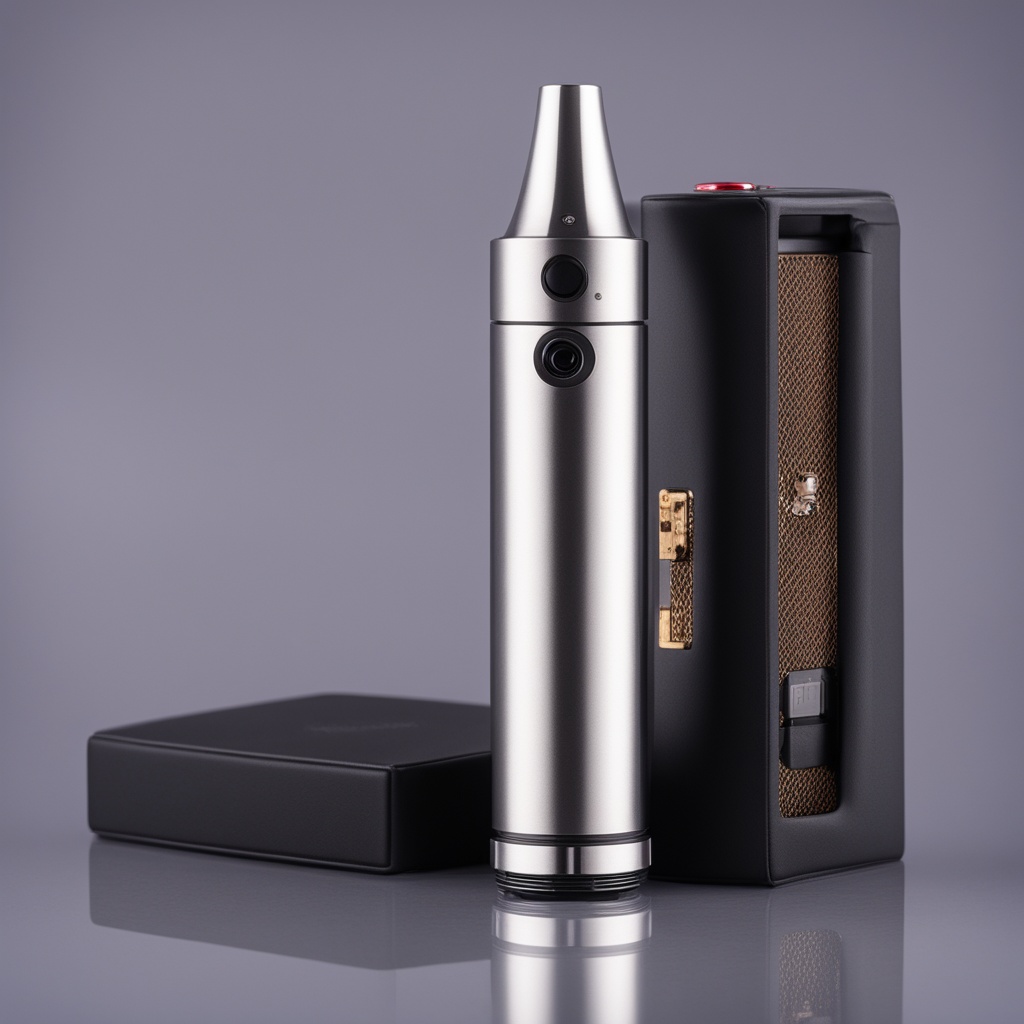Are iGet Vapes Safe? Examining the Health Implications of Popular E-Cigarettes
Understanding the Rise of Disposable Vaping Devices
The vaping industry has exploded in recent years, with disposable devices like iGet vapes dominating convenience store shelves across Australia. These compact, brightly colored products promise convenience and flavor variety, but a critical question lingers: Are they truly safe? While manufacturers claim these devices offer a less harmful alternative to traditional cigarettes, health experts remain divided on their long-term effects. This article dives deep into the science, regulations, and user experiences surrounding iGet vapes to separate fact from marketing hype.
What Makes iGet Vapes So Popular?
Disposable e-cigarettes have gained traction due to their ease of use and minimal maintenance. Unlike refillable systems, devices like iGet vapes come pre-filled with e-liquid and are discarded after use. Their appeal lies in:
- Wide flavor options, from tropical fruits to dessert-inspired blends
- No need for charging or coil replacements
- Compact designs that fit easily into pockets
But does convenience overshadow potential risks? A 2022 study by the University of Sydney found that 68% of young users underestimated nicotine content in disposable vapes, raising concerns about addiction and misinformation.
Analyzing the Ingredients: What’s Inside?
To assess safety, we must scrutinize the components of iGet vapes. Most disposables contain:
- Nicotine (often in high concentrations)
- Propylene glycol
- Vegetable glycerin
- Artificial flavorings
While these substances are generally recognized as safe for ingestion, their effects when inhaled remain poorly understood. For example, when heated, propylene glycol can degrade into formaldehyde—a known carcinogen. A 2021 review in Thorax Journal linked prolonged vaping to lung inflammation, even in nicotine-free products. So, are users trading one health risk for another?
Regulatory Gaps and Quality Control Concerns
Australia’s strict nicotine laws haven’t stopped the influx of illegal disposables. Many iGet vapes sold locally bypass safety checks, with labs finding inconsistencies in labeled vs. actual nicotine levels. The Therapeutic Goods Administration (TGA) warns that unregulated devices may contain harmful contaminants, including:
- Heavy metals from cheap heating coils
- Pesticide residues in low-quality e-liquids
- Undisclosed synthetic cooling agents
Without standardized manufacturing protocols, consumers essentially gamble with their health. How can users verify what they’re inhaling?
Short-Term vs. Long-Term Health Effects
Immediate side effects of vaping often include throat irritation, dizziness, and coughing. However, the long-term consequences are far murkier. Researchers at the Australian National University identified “popcorn lung” (bronchiolitis obliterans) as a potential risk due to diacetyl in flavorings. Other studies suggest vaping may impair cardiovascular function as severely as smoking. Yet, because disposables like iGet vapes are relatively new, comprehensive data spanning decades doesn’t exist. Are we witnessing a slow-motion public health crisis?
Comparing Risks: Vaping vs. Traditional Smoking
Proponents argue that vaping eliminates combustion-related toxins found in cigarettes. While true, this doesn’t make e-cigarettes safe—only less harmful. Public Health England estimates vaping is 95% safer than smoking, but this figure is hotly debated. Critics note that many vaping studies don’t account for:
- Dual use (smoking and vaping simultaneously)
- Youth-targeted marketing tactics
- Environmental impact of disposable waste
For non-smokers, especially teens, picking up a vape introduces unnecessary risks. Is the trade-off worth it for former smokers?
User Experiences: Voices from the Community
Online forums reveal mixed opinions. Some users praise iGet vapes for helping them quit cigarettes, while others report alarming symptoms. One Reddit user wrote: “After six months of vaping, I developed persistent wheezing. My doctor said it’s likely linked to the mint flavor I used daily.” Another admitted: “I switched from smoking to vaping, but now I’m more addicted to nicotine than ever.” These anecdotes highlight the need for personalized medical advice.
Key Questions Every User Should Ask
Before using any disposable vape, consider:
- Is this product legal in my area?
- Does it contain nicotine, and if so, at what concentration?
- Has it been tested for heavy metals or other toxins?
- Am I using this to quit smoking or out of curiosity?
Consulting healthcare providers remains crucial. As the saying goes: “Just because it’s trendy doesn’t mean it’s safe.”
The Bottom Line: Balancing Convenience and Caution
While iGet vapes offer a smoke-free alternative, their safety profile remains uncertain. Until stricter regulations and transparent ingredient lists become mandatory, users assume significant risks. For smokers seeking cessation tools, medically approved options like patches or prescription vapes may provide a safer path. For others, especially non-smokers, steering clear altogether seems wisest. As research evolves, so should our understanding—but when it comes to health, isn’t caution the best policy?
Frequently Asked Questions
1. Do all iGet vapes contain nicotine?
No, but many do—even those marketed as “nicotine-free” have been found to contain trace amounts in independent tests.
2. Can vaping cause lung damage?
Yes. Studies associate vaping with conditions like EVALI (e-cigarette-associated lung injury), though cases are rarer than smoking-related illnesses.
3. Are there safer alternatives to disposables?
Refillable systems with TGA-approved e-liquids allow better control over ingredients and nicotine strength.
4. How do I dispose of iGet vapes safely?
Never toss them in regular trash. Check local e-waste programs, as lithium batteries pose fire hazards.
5. Should teenagers use these products?
Absolutely not. Nicotine harms developing brains, and vaping often serves as a gateway to smoking.

